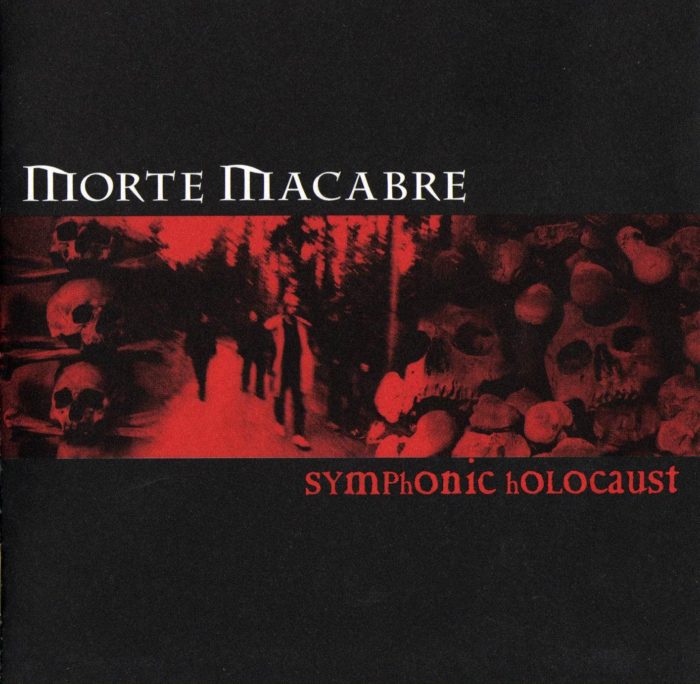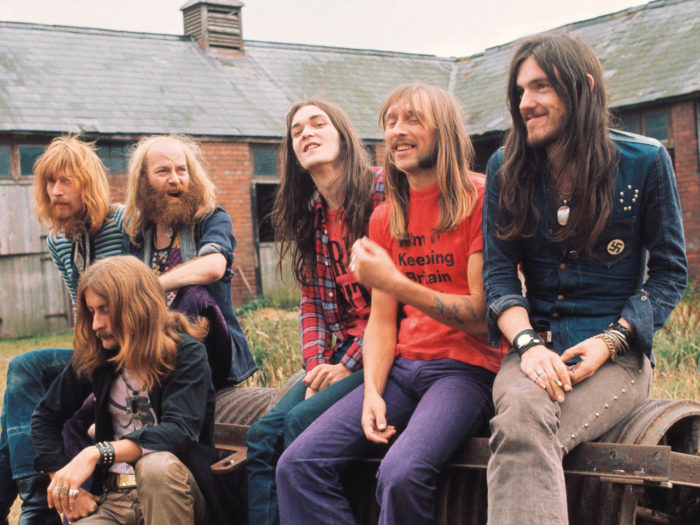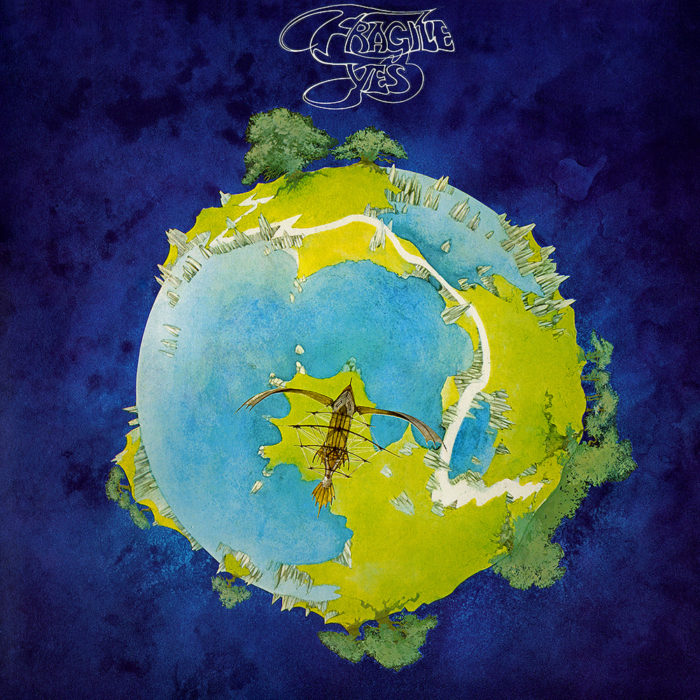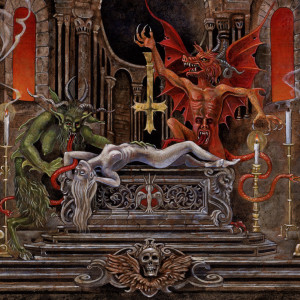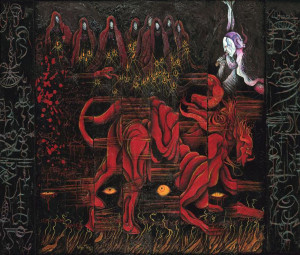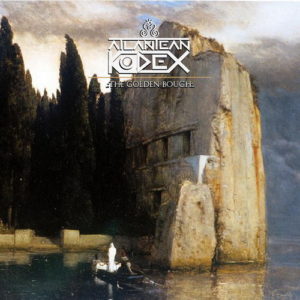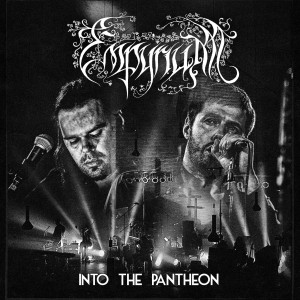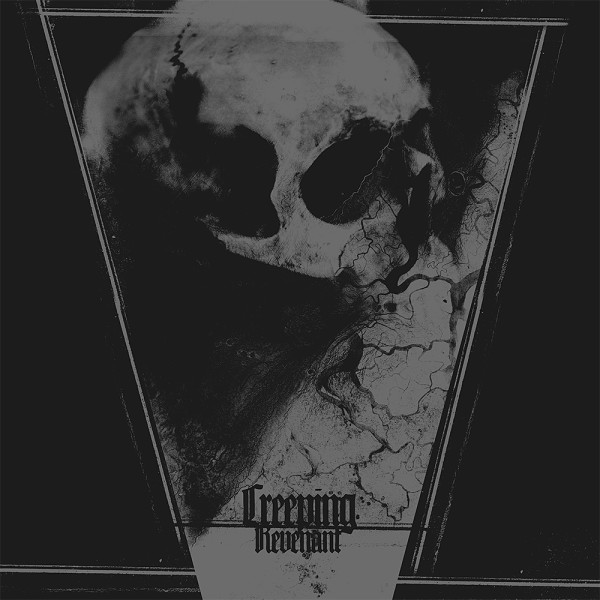
Article by Johan P.
Background
The creation of this brief introduction to some of the more prominent bands of 70s progressive rock was directly inspired by David Rosales’ shooting down of late-60s/early-70s Pink Floyd. My article should not be viewed as a polemic against the conclusions drawn from ”A Sadistic Dissection of Classic Pink Floyd”. On the contrary, many of Floyd’s recordings – not least in a prog rock for hessians context – fall short in several respects compared to fellow prog rock groups of that era. The first section of my article (”Background”) serves as a necessary bridge between David’s article and what will follow below.
To keep the potential reader in mind, Pink Floyd might not be the most compatible progressive rock band for someone whose tastes run along the lines of the music promoted by the Death Metal Underground. Therefore, I will in this series offer a brief introductory piece on the genre, followed by a presentation of classics of progressive rock in an attempt to light a spark of interest among metal enthusiasts may become acquainted with this genre that developed in parallel with heavy metal. The focus will inevitably be on artists with British heritage, since most of the more prolific bands were English. Of course this doesn’t mean that prog rock was solely a UK phenomenon. There were loads of bands hailing from all over the globe; many good enough to reach the heights of the established British bands.
Before moving on to the presentation mentioned above, it might be a good idea to study the music of Pink Floyd with the purpose to discover why this band may not be the best entry point to the genre. There are at least three major reasons that could cause disappointment when listening to even the “best” (that is, the records closest to the more adventurous and ambitious side of prog rock and metal music) of Pink Floyd: shortcomings and discrepancies regarding song structuring, musical style and concept:
Pink Floyd
First, although some Floyd tracks (e.g. “Echoes”, one of their better numbers) features extended song structures or long compositions of an episodic character, they often lack the coherent narrative present in some of the more accomplished epics of progressive rock. For example, a composition featuring an “extended song structure” could be an ordinary rock song built around the usual verse/chorus/bridge components with the addition of one or more elongated parts that are to varying degrees connected to the main song. With “compositions of an episodic character” I refer to songs that are made up of several discrete musical events that are joined into one composition. Extended song structures is more frequently used by Pink Floyd than episodic compositions, although the latter method is very common in progressive rock in general (side note: an example of episodic song structuring gone wrong in metal is Satyricon’s first album, Dark Medieval Times). Quite a few Pink Floyd songs are long alright, but they are often built around roughly three extended song structure sections: first an introduction where the band presents a main theme, followed by a middle section with (often instrumental) excursions and some experimentation (creating atmosphere through electronic effects, guitar solos which builds up tension followed by a potential release, juxtaposition of found sounds, etc.), and finally a closing part, where the main theme returns. Or, if a long Floyd track follow the episodic song template, the compositional method appears to be taking several unrelated songs/ideas and forcing them together into one piece. This last method seems to be applied most carelessly on a larger scale in whole Pink Floyd albums as well. Several of their albums contain contrasting songs placed in an apparently random order, resulting in the works at large sounding both irrational and inconsistent.
The song writing procedure described above doesn’t necessarily count as a bad compositional method, but one of the bigger pitfalls of which the Floyd succumbs to all too often is that if done without enough finesse and thoroughness, these compositions end up with not much development or connection between the different parts. In many cases not just isolated to Pink Floyd, songs of this type end up being flawed by an arbitrary and fragmentary character. It could be the case that Pink Floyd did not have any sort of epic narrative, lyrical or musical, in mind when writing many of their longer tracks – or maybe they did, but just couldn’t pull it through. But why then did they chose to record such long, meandering songs then? Maybe it was more a question of shady conceptual ideas. Parts of the psychedelic/progressive rock ideology appears to have gravitated more towards the whimsical, escapist side of romantic art. Such an outlook shouldn’t be completely dismissed as inappropriate for a progressive rock band but it can pose problems if this attitude to romanticism isn’t backed up by adequate ideas of making a coherent statement. Especially in their earlier years, Pink Floyd made several peculiar attempts at playful and dreamlike tunes, which more than once failed because they turned out to possess an unfinished and pointless character. The reason these songs didn’t turn out so well is that they suffer from a lack of adequate compositional ideas suitable for creating the intended moods and visions.
When it comes to style, Pink Floyd were an early bird among late 60s prog rockers, even pioneering some techniques in a rock music context (experimental use of synthesizers), exploring multisensorial experiences through psychedelic music, live light-shows, and drugs. As Rosales’s Pink Floyd article correctly points out, it often led to nothing but “interesting”, fragmentary, and meaningless ideas. While the band members’ lack of virtuosity doesn’t necessarily pose a problem, it’s a disadvantage that throughout their career they never dared to step too much outside the boundaries of the blues-derived rock style like so many other progressive bands did.
The confused, fragmentary, and unfinished nature of many Pink Floyd songs stems from lack of conceptual substance. Many of their compositions leave the listener with promising impressions left unfulfilled or worse bored with the bads subtly ironic stance working as a defense against such accusations. Few were probably surprised to watch the band (especially band dictator Roger Waters) growing more and more cynical in relation to their own work, their fans, and the music industry as the years passed after their massive public and critical success with Dark Side Of The Moon.
However it would be unfortunate to end the story of progressive rock here. Even Pink Floyd managed to put worthwhile compositions together once in a while. I have a soft spot for the space-rocking live concert part of the double LP Ummagumma, where, surprisingly, there is less trace of whimsy. These compositions are allowed to breathe and linger on to reach the conclusions missing on less adventurous Floyd records. The four tracks on the first disc of Ummagumma are actually live re-workings of older songs performed with a possibly more refined sense of dynamics and texture than in their original studio forms.
Introduction
If you take a look at the more established narratives of rock history, you will learn of a horrible aberration of 70s rock called “Progressive Rock”. Presented by many rock critics as a genre made up of spoiled middle-class kids trying to impress others of the same ilk with their pseudo-high-art, when all they really produced was kitsch. These musicians’ attempts to become accepted as members of the cultural elite (or the cultural underground for that matter) were, according to “rock history”, crushed with the arrival of punk in the mid-70s. After a dark century of both stadium spectacle and general pretentiousness, people could resume enjoying down to earth authentic rock once more. Some of this might sound reasonable but in several respects, this tale doesn’t live up to reality.
First, although the creative momentum of the original movement had started to wane considerably by the mid-70s, progressive rock bands were more popular than ever among the public in this period. This is an indicator of the survival of progressive music in the aftermath of punk’s simplicity. Furthermore, as the 1980s dawned, a new generation of underground progressive groups set about revitalizing the genre. Although I would say that not much prog rock produced post-1970s can compete with the original wave, the assumption that Sex Pistols and their ilk obliterated progressive music is plain ignorant. The legacy and influence of the progressive old guard may be heard and seen in much contemporary popular music, including metal.
Critics pointing at the corporate selling out and stadium rock syndrome of the bigger progressive groups but a defense may be raised for the accused. Progressive rock interestingly differs in one important respect from most rock music. With prog it is not just a matter of smaller, more worthy bands getting overshadowed by the larger established ones, even if this surely happened. Some of the biggest bands of the genre,somehow managed to perform grand stage productions that still carried meaningful art. The established critical narrative may be a result of the situation of the music industry at the time: record labels, fat and rich thanks to the decades of explosive growth in post-war media consumption, were convinced that obscure groups playing this new form of rock music were highly marketable. Parallels may be drawn to the various metal sub-genres. Those lucky enough to be at the right place at the right time could get considerable production budgets, granting a creative freedom never experienced before in the music business.
Pinning down the characteristics of progressive rock (or any musical genre for that matter) is not the most grateful of task. Neither is this the purpose of this series. Instead, it will contain rather brief background information and descriptions of the featured bands, giving more space to the musical and conceptual content of the selected albums. Hopefully this approach will make sense and awaken an interest of discovery of a genre that I believe has a lot to offer, not least for fans of extreme metal. Some sort of framework might be needed so let’s go back to the infancy of the movement to see where it started off.
Origins
Like hard rock and heavy metal, progressive rock stems largely from the late 1960s psychedelic milieu. This was a time of experimentation with not only drugs and alternative lifestyles, but new sounds, musical ideas and approaches. With the aid of mind-altering substances, younger artists took pleasure in finding new meaning in pushing the frontiers of the staling and commodified art forms of rock ‘n’ roll and jazz. These psychedelic explorers (primarily males of European descent from an upper middle-class background, although counterexamples abound) founded groups that in the late 1960s lingered ever closer to becoming progressive rock. In addition to rock and jazz, they also brought into their bands an interest in classical, choral and folk music. However as with any historical narrative, there are of course other factors that could be addressed as well as contradictory and arbitrary information. Take Yes for example, one of the most prominent prog bands to promote virtuosic musicianship and toss classical music topes into the stew. Contrary to common assumption, their guitarist Steve Howe is a self-thought musician who never bothered with learning notes or formal music theory while their ethereal singer Jon Anderson came from a working class background.
There is another facet of progressive rock with a notable parallel in heavy metal music and culture that needs to be addressed: it’s relation to the Romantic Era. This connection is thoroughly stressed and analyzed by Edward Macan in his excellent book on progressive rock, Rocking the Classics: English Progressive Rock and the Counterculture. Macan explores not only the ideological roots of progressive rock, but manages to highlight the more crucial musical influences that helped create and crystallize the genre. He shows progressive rock’s origin in late 1960s psychedelia and what caused the music to take its particular form. As a tribute to Macan’s groundbreaking work, I will conclude this introduction with two interwove quotes from the aforementioned book:
Anyone who has even a passing familiarity with progressive rock is usually aware that it represents an attempt to harness classical forms into a rock framework, to combine the classical tradition’s sense of space and monumental scope with rock’s raw power and energy. Understanding the role classical forms have played in progressive rock, then, is essential to understanding the genre as a musical style.
For musicians of the late 1960s who wished to continue with instrumental music – and these were increasingly drawn to the emerging progressive rock, jazz-rock, and heavy metal styles – the question became how to bring a sense of organization, variety, and climax to the music without completely destroying the spontaneity and sense of timelessness which characterized the best psychedelic jams.
The musicians who pioneered progressive rock found their answer in limiting the role of improvisation to one or two sections of a piece, and carefully organizing the rest of the material along the lines of nineteenth-century symphonic forms. […] Nineteenth-century music and psychedelic music are both Romantic in the fullest sense of the word, sharing the same cosmic outlook, the same preoccupation with the infinite and otherwordly, the same fondness for monumental statement (often conveyed through very long pieces), and the concern with expressing epic conflicts.
Stay tuned to this series for the successive revelation and discussion of some of the best and genre defining albums of progressive rock!
23 CommentsTags: 1970s, 1970s Progressive Rock for Hessians, musical analysis, pink floyd, prog rock, progressive, progressive rock, psychedelic, rock, Romanticism
